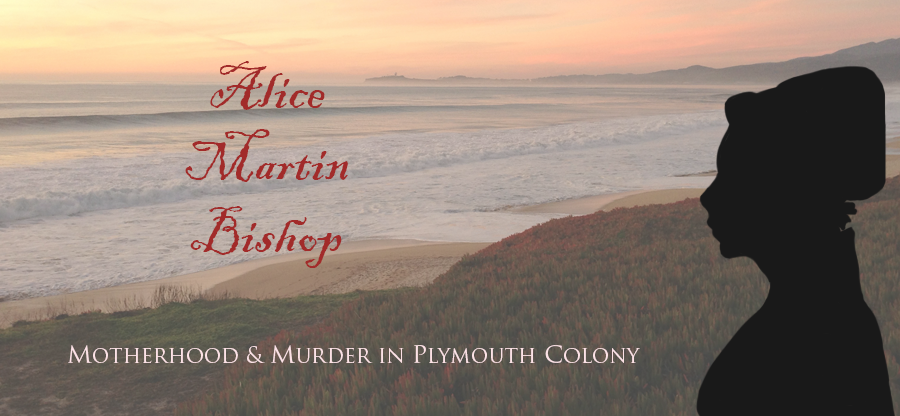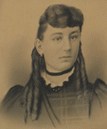Erin Taylor, December 2014
Ask Kristin. I am a curmudgeon of tourist. I sneer at the gift shops, recoil at the fellow visitors replete with whining teenagers and their fanny-packed parents. So, as we planned our trip to Plymouth, I dreaded the notion of visiting Plimoth Plantation on a Saturday in November. I’m all for historic preservation, but seriously questioned the quality of historic reenactments. For the record, “Plimoth” is the spelling Governor Bradford used in his history of the colony.
Attitude, camera, and notebook in hand, I headed down to the 1627 “authentic” Plimoth village and was immediately smitten. Kudos to the nonprofit Plimoth Plantation for an engaging and transformative experience. I was especially impressed with the reenactors and their training (a new source of fascination for Kristin and myself). If there is an international standard for reenacting history, I’d wager Plimoth is setting it. Do visit – with your children or students especially – and live some American history.
Certainly, the museum needs to fund itself so there is the usual array of retail – ye old tyme thermal mug, authentic colonial fudge (cocoa wouldn’t be seen in New England for at least another century). But these are kept at a tasteful distance from the reenactment sites. And, in full, ashamed disclosure, I skipped the Wampanoag village (Native American) as I was so intent on spending time in a home similar to Alice Martin Bishop’s.


